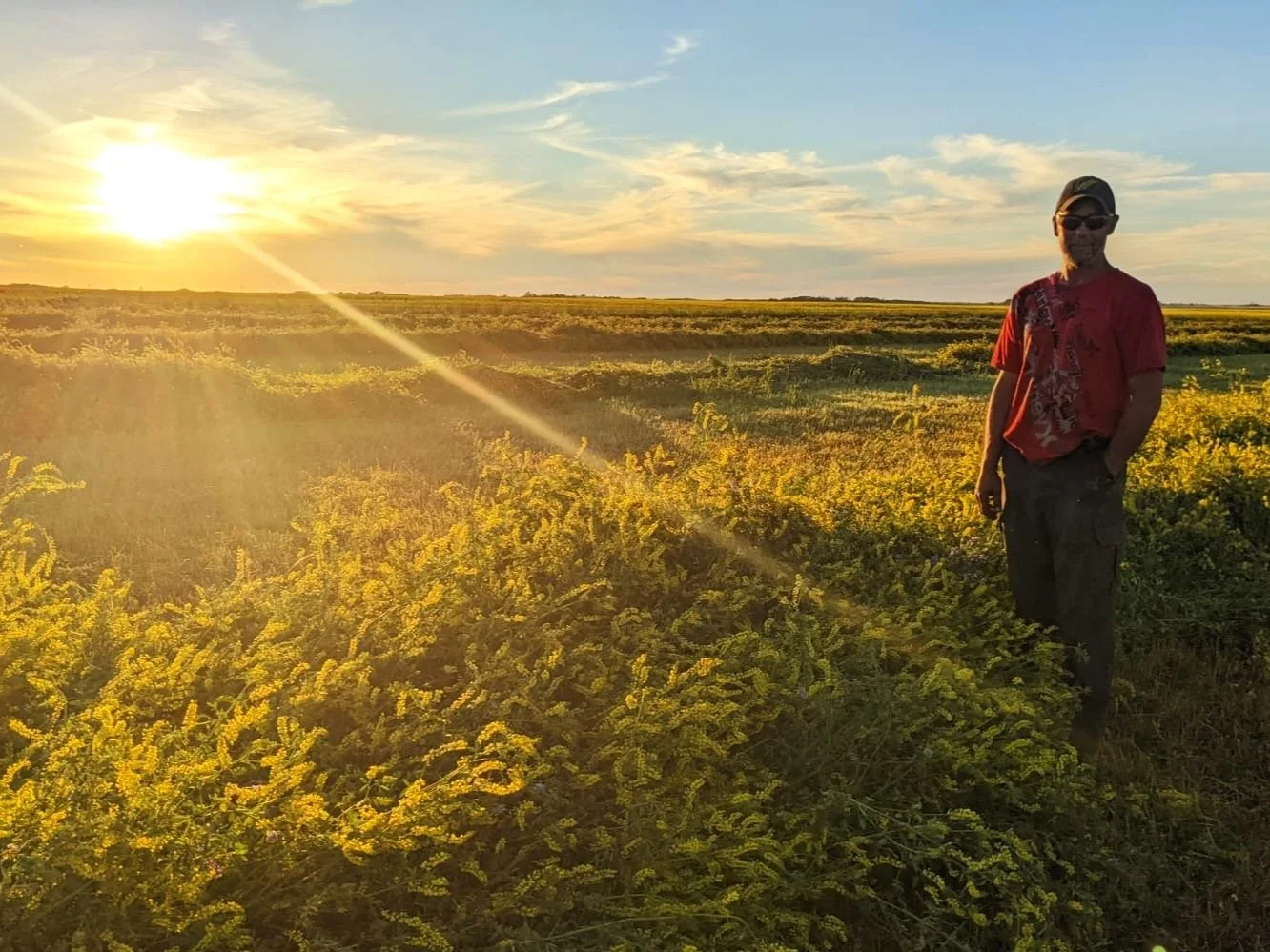turns out, there shouldn’t be a beef with beef.
First off let me start by saying, I love food and like to experiment with many types of cuisine. I am always willing to try and cook with anything interesting that I come across at the butcher or market. Having said that, I have not truly taken the time, until this year, to really start exploring where most of my protein comes from, or how the animals are raised. Since working with a few food producers and understanding more about the industry, my tune has greatly changed, because I felt it had to.
As you start to peel even a single layer of the onion back on the subject of beef ranching, you quickly realize that the information and food you have been fed for most of your life will make you want to cry a bit. With knowledge comes power, and as a meat consumer with purchasing influence, it is in my hands to take responsibility and help force change.
From what I have learned, it turns out there really shouldn’t be a beef with beef, but rather the farming practices that we support at the cash register. If farmers and ranchers start to focus on becoming better than simply sustainable, but rather fully embrace the goal of becoming stewards of our land and soil by using a regenerative approach, then we stand a chance and can rewrite the narrative surrounding food and the health of our planet.
Diverse Carbon Sequestering Crops (hairy vetch, alfalfa & sweet clover) in Saskatchewan
You see, regenerative farming has the ability to turn back the clock and return us to our ancestral relationship with nature and ultimately help combat climate change. I don’t know if you have seen the news lately, but this is kind of a big deal at the moment.
What does this mean and how is it done? It’s all about the grass. Regenerative farming involves the use of rotational crops and herd grazing practices that avoid harming the soil while creating deep roots and a healthy biodynamic ecosystem that works together naturally. The result is nutrient rich soil and food, along with the retention of water and sequestration of carbon from the atmosphere. Simply put, when done right it not only lowers the carbon footprint of the ranch, but in fact can switch the carbon dial to negative. When nature is allowed to do natural things, cool things happen.
And hey, the cows seem to like it better this way as well. They live a happier and healthier life the way nature intended. Healthier for them and for you. It all becomes part of a working cycle that is better for everyone involved.
Here in Canada we have one of the most bountiful landscapes in the world, so to do this at scale, is not only possible, but achievable in a relatively short timeline. We simply need regenerative champions and a willingness to change our farming and land use practices to something beyond sustainability. A grassroots movement has already begun - pun intended. We simply need to demand the change and support those who are already farming for our future.
It seems obvious, but when it comes to beef, your beef should be with the profit focused land eroding factory farms. Do your research and let your wallet do the talking…..and maybe your mouth too, by helping others learn more about this concept.

